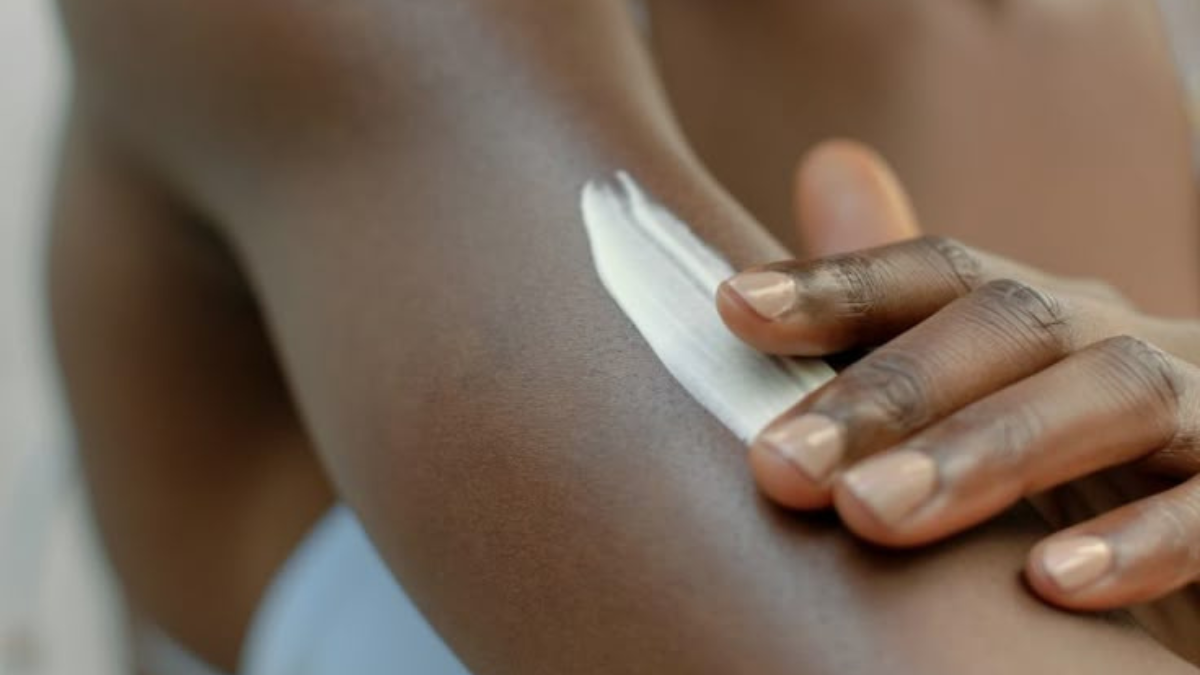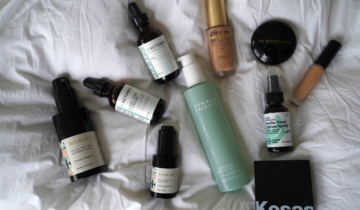When it comes to protecting your skin from the sun, sunscreen is a non-negotiable. But walk down any skincare aisle or scroll through your favorite beauty site, and you’ll likely see two main types of sunscreen: chemical and physical (also known as mineral). What’s the difference? And which one should you choose? Let’s break it down.
The Main Difference Comes Down to How They Work
At the core, the big difference between chemical and physical sunscreen is how they protect your skin from UV rays.
Chemical Sunscreens: Absorb UV Rays
Chemical sunscreens use active ingredients like avobenzone, octinoxate, or oxybenzone. These compounds absorb UV radiation like a sponge and convert it into heat, which is then released from the skin.
- How it works: UV rays penetrate the skin, the chemicals absorb the rays, then release them as heat.
- Texture: Lightweight and easy to apply, often clear and great under makeup.
- Best for: Daily wear, especially if you want a smooth, invisible finish.
Physical Sunscreens: Block UV Rays
Physical sunscreens use minerals like zinc oxide or titanium dioxide. These sit on top of the skin and act like a shield, reflecting UV rays away from your face and body.
- How it works: Reflects and scatters UV rays before they penetrate the skin.
- Texture: Thicker, sometimes leaves a white cast (though newer formulas have improved this a lot).
- Best for: Sensitive skin, kids, and people who prefer natural or fragrance-free options.
Comparison Table
| Feature | Chemical Sunscreen | Physical (Mineral) Sunscreen |
| UV Protection | Absorbs rays | Reflects rays |
| Active Ingredients | Avobenzone, oxybenzone, etc. | Zinc oxide, titanium dioxide |
| Finish | Invisible, lightweight | May leave white cast |
| Reef Safety | Some ingredients not reef-safe | Usually reef-safe |
| Time to Work | 15–20 minutes after applying | Works immediately |
| Skin Type | Great for most; some irritation possible | Ideal for sensitive skin |
Regardless of the type, the best sunscreen is the one you’ll actually use consistently. Look for broad-spectrum coverage (protects against both UVA and UVB), SPF 30 or higher, and reapply every two hours when outdoors.
Sun protection isn’t just for beach days—it’s a daily essential for keeping your skin healthy and youthful. Now that you know the difference between chemical and physical sunscreens, you can choose the one that fits best into your skincare routine.





 No products in the cart.
No products in the cart.